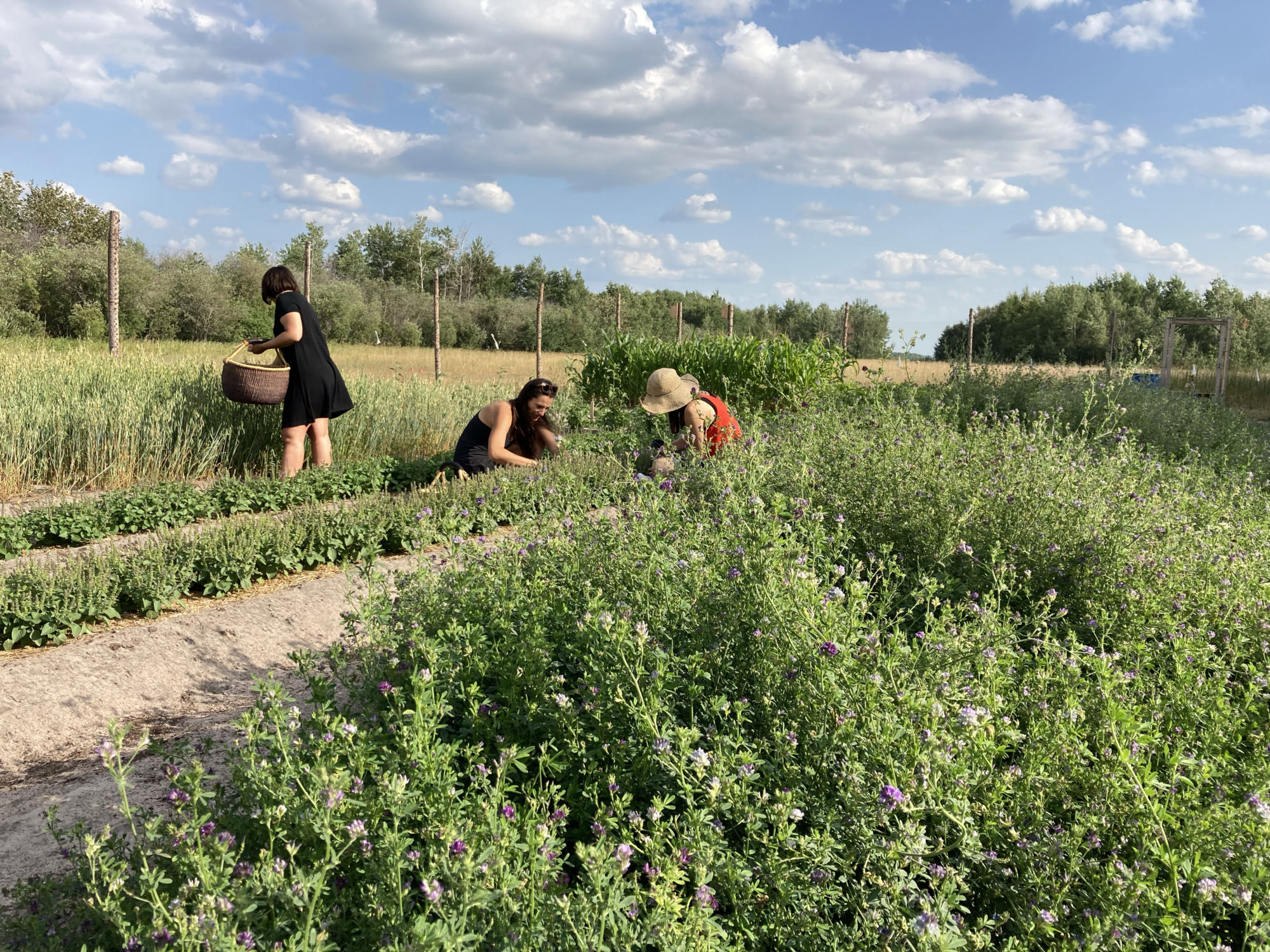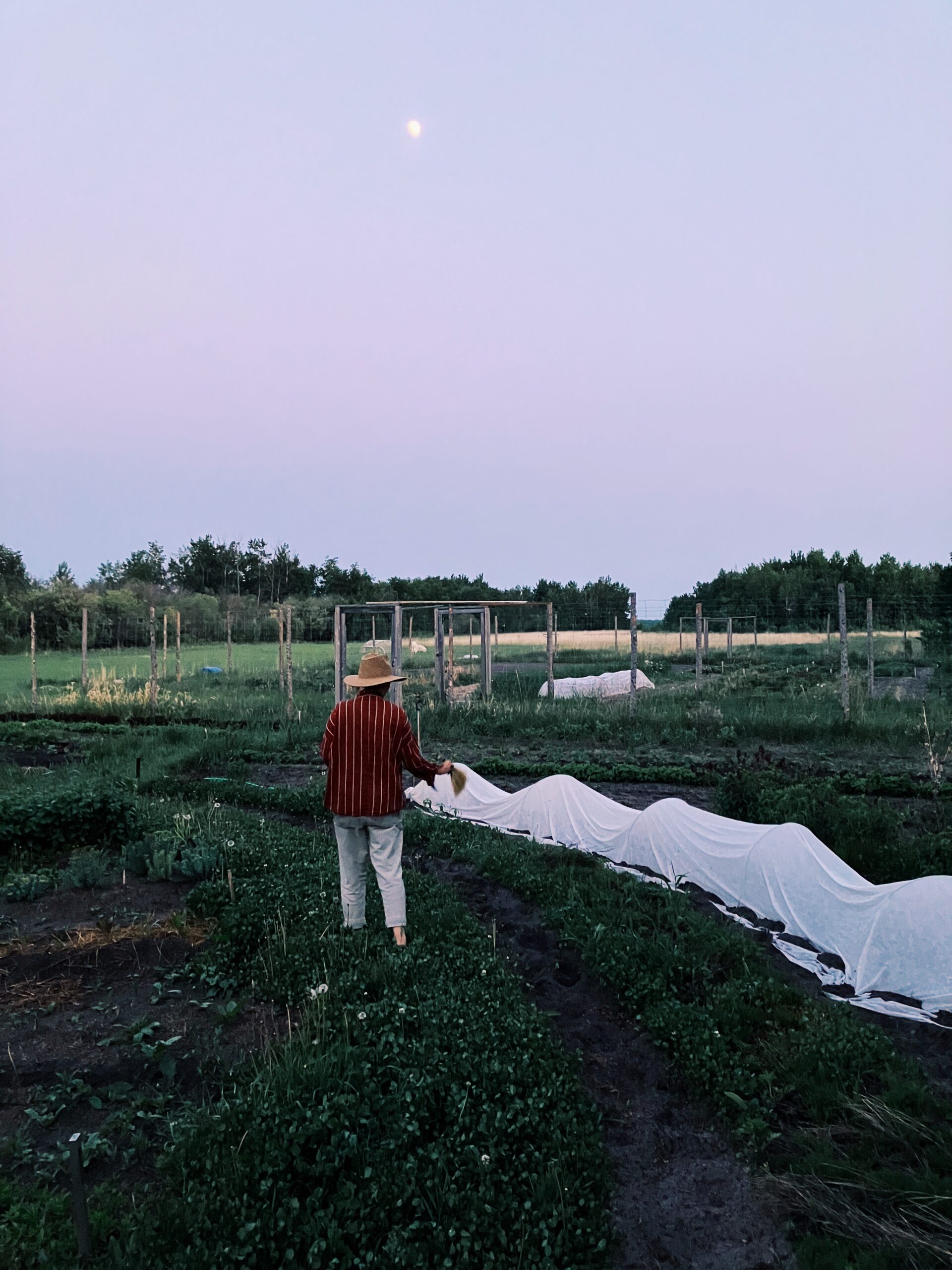
We are committed to caring for the land as it cares for us
Read on to learn some of the ways we do this. We are always learning and adapting, humbly in awe of nature’s ways!
“In some Native languages the term for plants translates to ‘those who take care of us’.”
– Robin Wall Kimmerer, Plant ecologist, Professor of Environmental & Forest Biology, and author of Braiding Sweetgrass.
Tending the land with love …
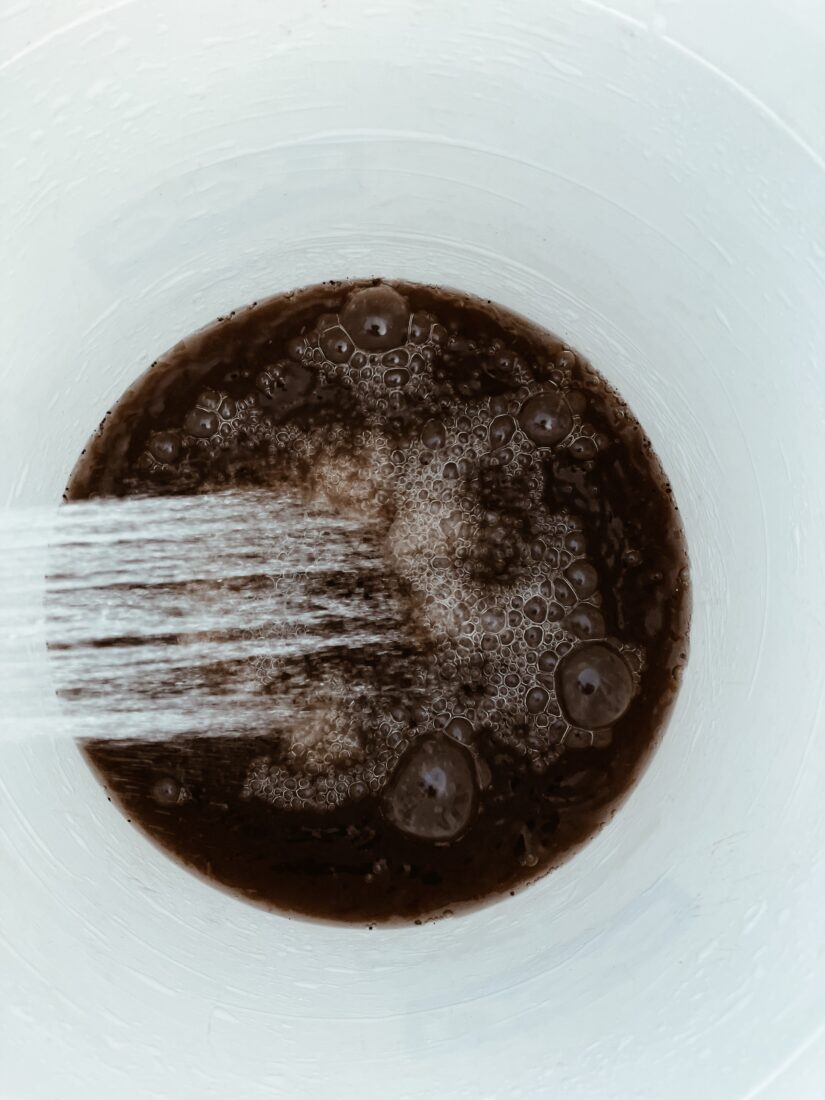
Ecological practices
In order to honour the earth and all of the creatures with whom we share this space, we are starting out very small, and will always be a small herb farm operation. After an initial till; to break up the pasture, our family spent weeks removing grass clods by hand, and forming raised beds with shovels, elbow grease, and the help of a small tractor & power-harrow. Now that the gardens are established, we work only with our hands, small-farm tools, and the much appreciated help of good friends – old and new.
We incorporate principles and practices based on Indigenous agriculture (what has been repackaged as permaculture), biodynamics, and (non-certified) organic methods. Learning to build healthy soil and beneficial habitat underpins much of what we do.
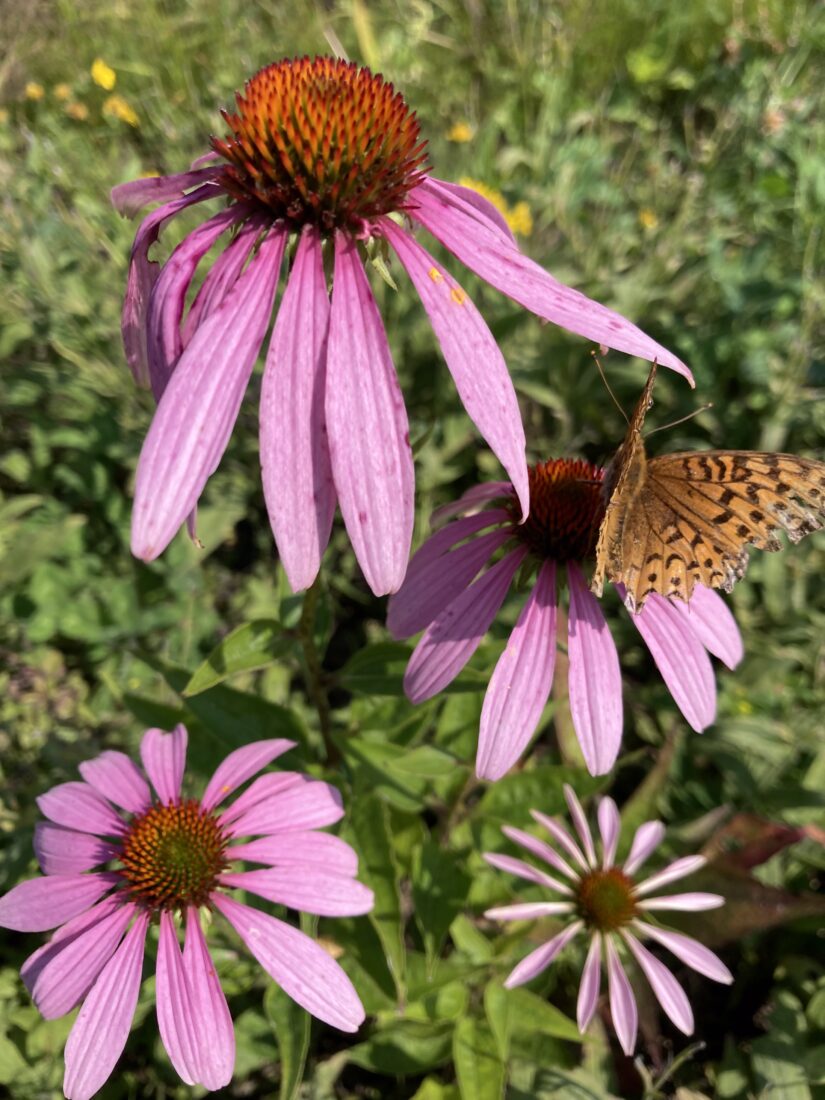
Ecological diversity
We want to work with – not against – nature. Part of that is honouring, caring for, and making space for the many microorganisms, insects, pollinators, birds, and other creatures who call the farm home. Even bats have a special place here on the farm!
We aim to grow a wide variety of plants from different families and with different ecosystem services to foster a robust ecosystem in the gardens. We are conventional spray free and only apply amendments such as compost tea, biodynamic preparations, wool pellets, seaweed solution, cover crops – to allow for a rich fungal and microbial community to establish.
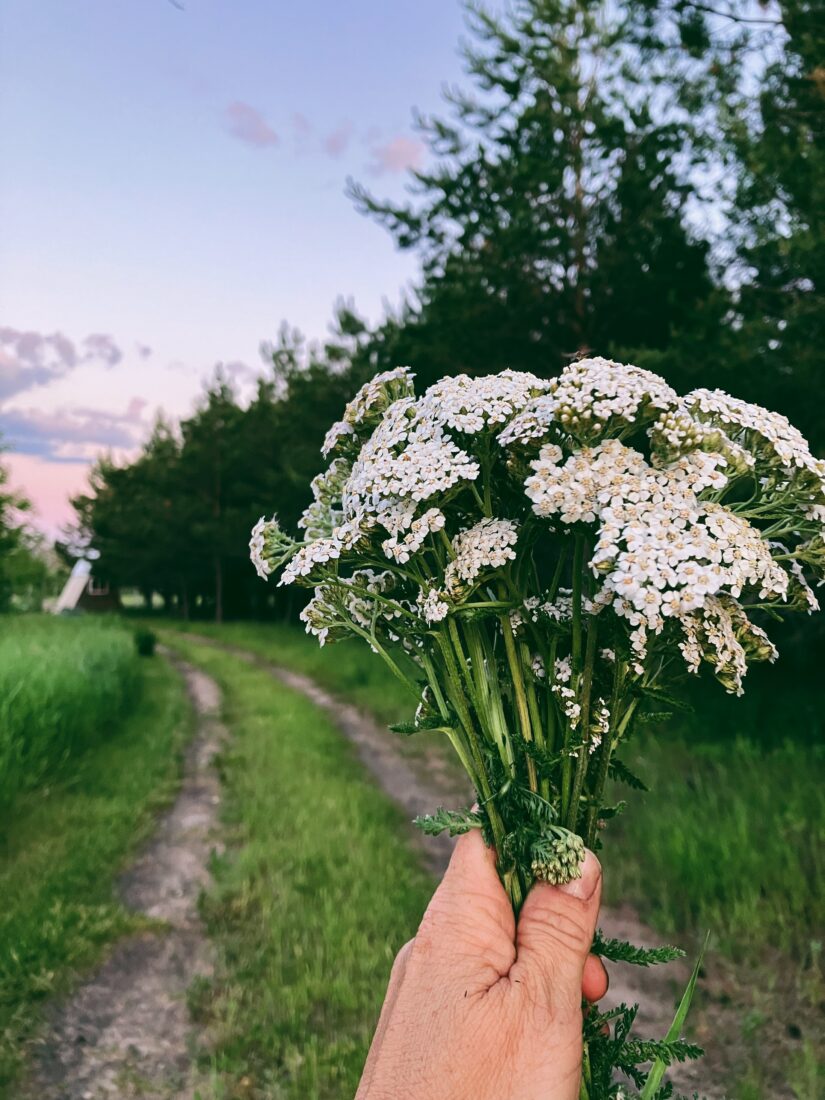
Ethical growth & harvest
Part of our mission is to do our part to prevent the over-harvest of at-risk and endangered species. Our response to this is three-fold. First, we are slowly learning to work with these species, so we can cultivate them for our community. Second, we will never wild-harvest at-risk or endangered plants. Our wild harvests, which occur only on the land that we steward, are done with intention and care, typically amount to 10% or less of what is available, ultimately depending on the specific plant, size and health of the stand, whether it is getting larger over the years or diminishing, and considering any specific research we have found on maintaining stands of the plant well into the future. We also take into consideration how (and if) we can tend the stand and possibly help to propagate it to ensure its future – to take care of the plants, as they take care of us!

